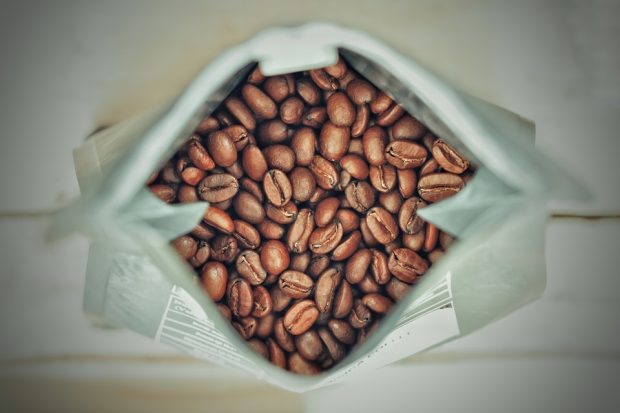Understanding the intricate world of coffee goes beyond merely sipping a morning brew; it delves into the field of terroir – the environmental factors that shape the flavour of single origin coffee beans. This listicle will embark on a journey to explore how the geographical origin of coffee beans influences their flavour profiles, from the soil they’re cultivated to the altitude of the farms where they grow.
The Influence of Climate
One of the most significant factors in determining the flavour of coffee beans is the climate in which they are grown. Regions with varying climates produce distinct coffee profiles. For instance, beans from tropical climates tend to be more fruity and acidic, while those from cooler climates often exhibit a richer, more robust flavour profile. Additionally, the temperature fluctuations and rainfall patterns unique to each region further contribute to the complexity of flavours found in coffee beans.
Altitude Matters
The altitude at which coffee is grown plays a crucial role in its flavour development. Higher altitudes typically result in slower bean development and a more complex flavour profile. Beans grown at higher elevations often boast a brighter acidity and more pronounced floral and fruity notes than those grown at lower altitudes. Moreover, the lower oxygen levels and cooler temperatures at higher elevations contribute to the beans’ slower maturation process, allowing them to absorb more nutrients from the soil and develop a deeper flavour complexity.
Soil Composition
The coffee-growing region’s soil composition profoundly influences the beans’ flavour. Different soils impart unique characteristics to the coffee, contributing to its overall flavour profile. For example, volcanic soils produce beans with a distinct brightness and acidity, while clay-rich soils may result in a fuller-bodied coffee with deeper flavour notes. Furthermore, the mineral content and pH level of the soil impact the coffee plant’s ability to absorb nutrients, influencing its growth and flavour development.
Cultivation Methods
The methods employed in cultivating coffee also play a significant role in shaping its flavour. Factors such as shade-grown versus sun-grown, organic farming practices, and post-harvest processing techniques all contribute to the final taste of the beans. Shade-grown coffee, for example, tends to develop more nuanced flavours due to slower ripening, while natural processing methods can enhance the bean’s sweetness and complexity. Moreover, sustainable farming practices not only preserve the integrity of the environment but also contribute to the unique flavour profiles of single-origin coffees by allowing the beans to interact harmoniously with their surroundings.
Regional Varieties
Each coffee-growing region has its own unique varietals, cultivated over generations to thrive in specific environmental conditions. These regional varieties contribute to the diversity of flavour profiles found in single-origin coffees. From the floral and citrusy notes of Ethiopian Yirgacheffe to the chocolatey undertones of Colombian Supremo, the distinct characteristics of each varietal reflect the terroir of its origin. Additionally, factors such as indigenous microorganisms and cross-pollination with native flora further influence the genetic makeup of coffee plants, resulting in a wide array of flavour possibilities within each region.
The Role of Processing
Post-harvest processing methods play a crucial role in unlocking the full potential of coffee beans’ flavour profiles. Whether through washed, natural, or honey processing, each method imparts its distinct characteristics to the beans. Washed processing, for instance, results in a cleaner, brighter cup with pronounced acidity, while natural processing enhances sweetness and imparts fruity undertones. Moreover, the duration and precision of the fermentation process during processing significantly impact the flavour development of the beans, adding layers of complexity to the final brew.
The Art of Roasting
Roasting is the last step in the journey from bean to cup, and it has a profound impact on the flavour of the coffee. Roasters carefully craft roast profiles to enhance the inherent qualities of the beans while bringing out desirable flavour notes. Lighter roasts preserve the nuances of the bean’s origin, while darker roasts develop richer, more caramelised flavours. Additionally, factors such as roast duration, temperature, and airflow contribute to the final flavour profile, allowing roasters to tailor each batch to highlight the unique characteristics of the beans.
Conclusion
The terroir of single origin coffee beans plays a fundamental role in shaping its flavour profiles. From the climate and altitude of the growing region to the soil composition and cultivation methods, every aspect of the coffee’s environment leaves its mark on the final cup. By understanding and appreciating the influence of terroir, coffee aficionados can embark on a flavorful journey around the world without ever leaving their mug. Whether it’s the fruity acidity of beans from Ethiopia or the earthy richness of beans from Brazil, each cup tells a story of its origin, inviting us to savour the nuances of flavour crafted by nature’s hand.
Read More:


